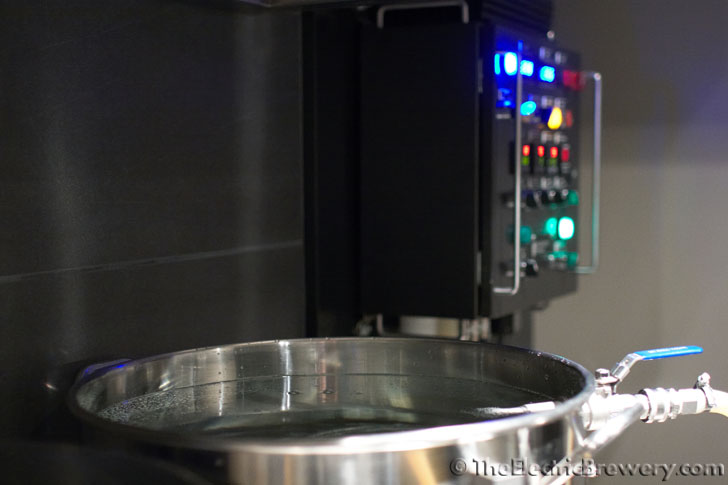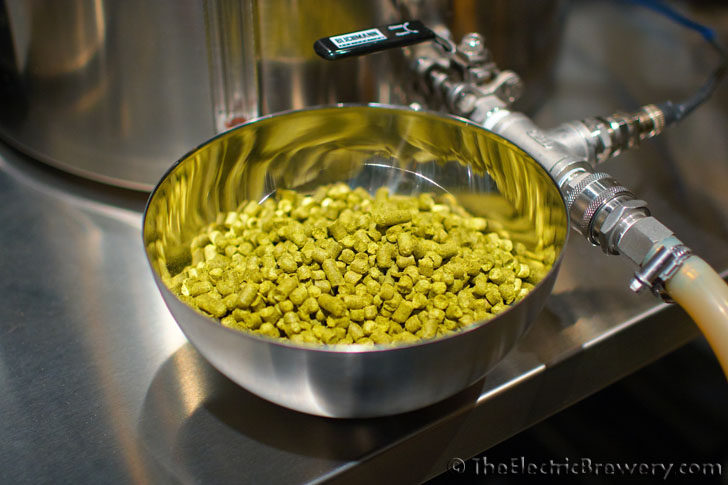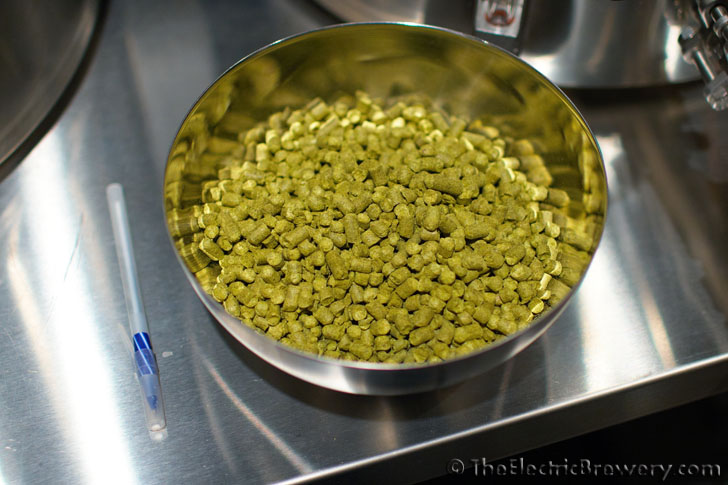kal
Well-Known Member
I'm committed now!
Water heating up in the HLT:

16 oz of hops blended up (before I split it into 6 and 10 oz):

With a pen for scale:

That's a lot of hops for 12 gallons of APA!
Kal
Water heating up in the HLT:

16 oz of hops blended up (before I split it into 6 and 10 oz):

With a pen for scale:

That's a lot of hops for 12 gallons of APA!
Kal




